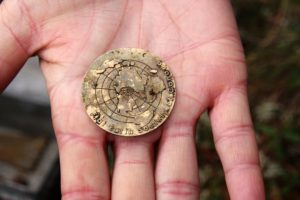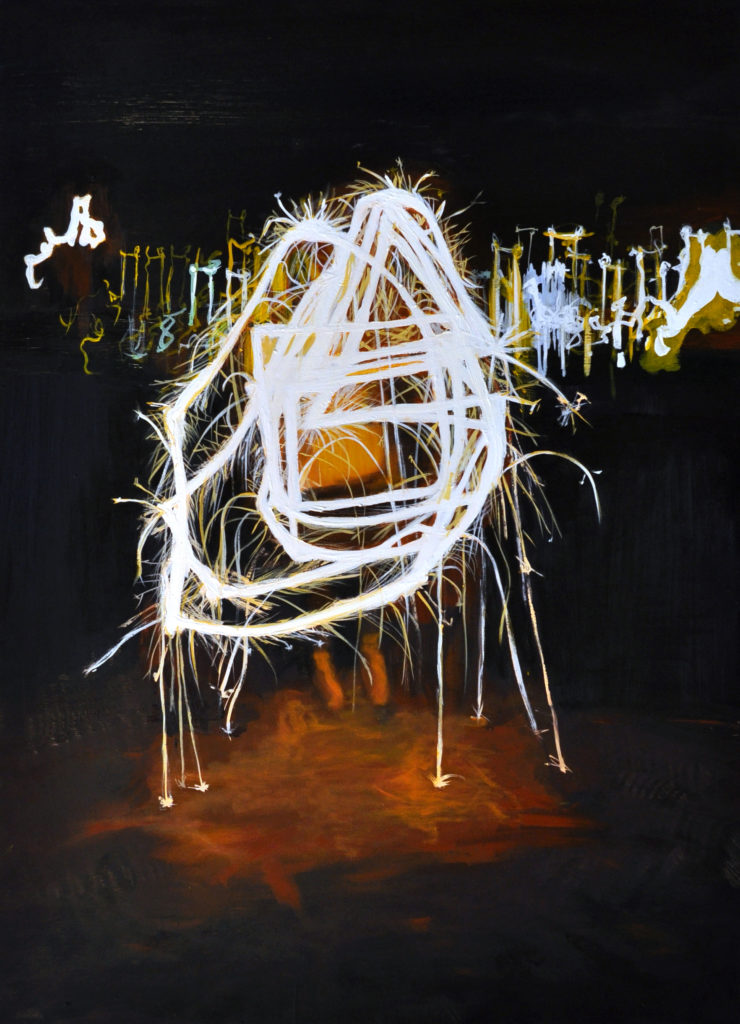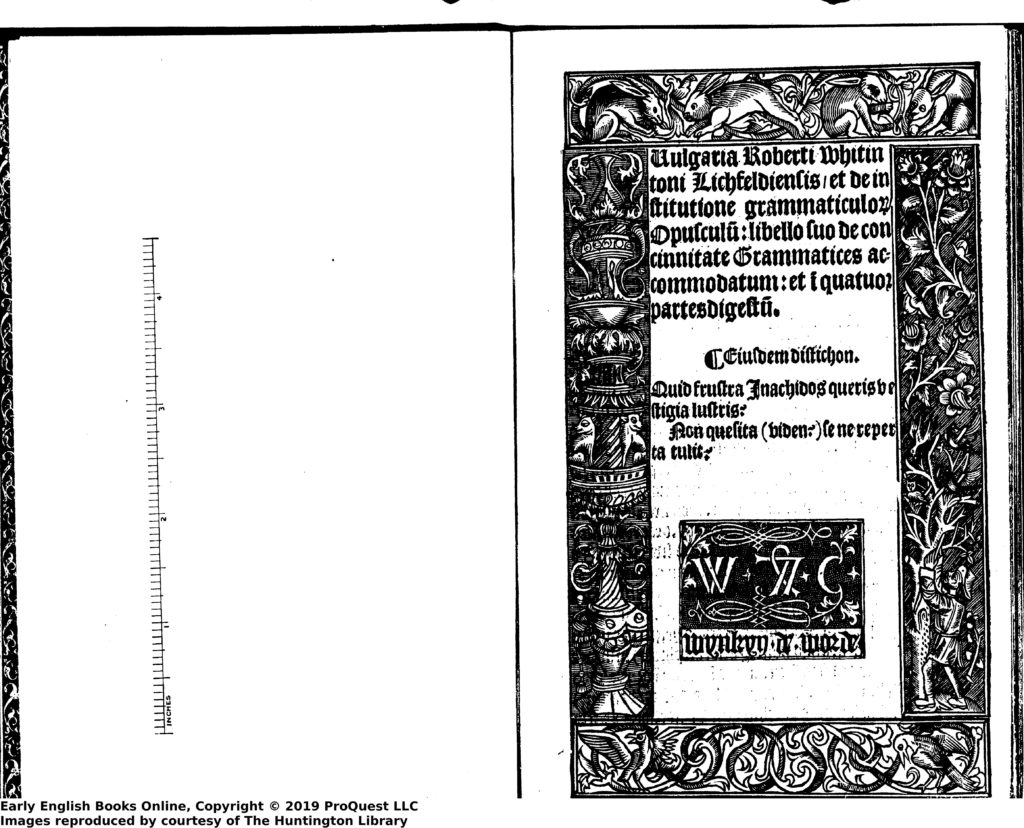The Museum at the End of the world
July 2018
On the northeast coast island of Fogo lies a place of incredible geographical importance: one of the corners of the flat Earth. Long suspected by locals, the significance of the site was finally determined in the 1970s, by a group of academics at the University of New Brunswick. That group contended that Fogo Island’s Brimstone Head is, indeed, one of these unique locations, and eventually came together to form the Flat Earth Society of Canada.
The society fell by the wayside in the 1980s but it was revived in 2003 by the current president, Dr Iris Taylor. She also recently helped found the Museum of the Flat Earth in Shoal Bay, Fogo Island, which is dedicated to preserving and educating people about this legacy.

A found medallion of the Flat Earth Society. Image courtesy of the Flat Earth Museum.
“The primary purpose of the Flat Earth Society of Canada is to interrogate and question things that we tend to take for granted,” Taylor explained. People are told repeatedly the Earth is a sphere but our sensory experience tells a different story. “It feels flat, it looks flat, it doesn’t feel like we’re moving. And so, it’s about saying ‘Okay, well we’ve got something being told to us on the one hand, yet my firsthand experience of it is telling me something else.’ This begs the question: why should I just accept it without exploring more deeply? And that is the fundamental thing that we address within the Flat Earth Society of Canada, the need to critically interrogate information.”
The Museum of the Flat Earth opened in 2016 and is the result of Taylor’s 15 years of research. She had accumulated artifacts that were languishing in her office until she collaborated with artist Kay Burns to found the institution. Many of the materials on display are on loan from UNB, such as a letter from Canadian author and environmentalist Farley Mowat.
One of the objects on display for visitors is a stomped globe, because, according to Dr. Taylor, “people who choose to be enthusiastically initiated into the Flat Earth Society are invited to stomp a globe as sort of a symbolic gesture.It’s kind of like an initiation rite into the society.”This particular globe was the one given to the mercurial Bartholomew Seeker at a send-off by the original society before he headed off to Fogo Island.
Seeker is an imposing figure within this story, looming large in the museum and the Society’s past. He was an original member of the society and relocated to Fogo Island in 1971 to become “the guardian of the corner.” However, he mysteriously disappeared in 1978, leaving behind a cache of objects and oddities. For decades his trunk sat neglected in the crawl space of a house in Fogo. Inside there was a plethora of treasures: excerpts from Seeker’s journals, photographs, specimens, most connected to the now defunct Society. Taylor was handed these possessions and it started her on a research spree that ultimately took her to Fogo Island.
Others items Seeker left behind are also featured at the museum, from family photos to mysterious specimens to hypothetical maps of what the flat Earth could look like. Buried in his notes are hints these things might have come from beyond the flat Earth’s edge and were brought back, such as the creature that resembles a furry iguana. Some of these specimens aren’t recognizable and, despite extensive research, Taylor hasn’t been able to find anyone able to definitively identify their origins.
Seeker has not been seen for several decades, and the whispers on the island continue to hint at an incredible possibility: “could he have ventured past the edge of the world?” “Maybe that’s a possibility,” Taylor mused. “Because he did disappear in 1978 and nobody really knows where he went. He never told anybody he was leaving or anything else. There’s been some other information that’s sort of cropped up about him appearing in Ireland, interestingly enough, in the ‘70s as well. So we don’t know, timewise, if that was after he left Fogo or while he was living on Fogo or what. So these are all things that have us in a bit of a quandary as to what did happen to Bartholomew Seeker. We don’t really have that much information.”
Taylor’s research has led her to some amazing conclusions. While it was previously presumed there were only four corners to Earth, her work eventually led her to question that theory. “There’s no reason to assume that because it’s flat it must be a square and therefore has four corners to it, like any other kind of two dimensional square would,” she explained. For a scientific mind like Taylor’s, it opens up endless avenues of possibility to explore.
And of course, anything that has a corner must have something beyond that border. “By getting to a corner you’re actually somehow in proximity of an edge that we haven’t been able to define.” Taylor has every intention of finding out what lies beyond that edge.
In the meantime, Taylor said she planned to continue her research into the society and what could have happened to Seeker.
If you’re interested in learning more, or if you have information that you believe could be useful in solving the mysteries of the Flat Earth Society, please visit www.museumoftheflatearth.com
Author’s Note: Shortly after this interview took place, Dr Iris Taylor stopped responding to my calls and emails. The authorities have been notified, but as of yet, her location cannot be determined.



